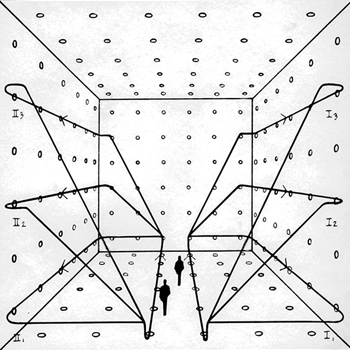Question #d2448
4 Answers
Explanation:
So you are here?
If so, you can now add the terms:
And here is the trick: multiply top and bottom of this resulting fraction by the conjugate of the numerator:
Combine the quotients into a single quotient.
Explanation:
My guess (educated guess) is that your textbook/instructor lists the 3rd step as
Find
If so, then our step 3 for this function is
# = ((sqrtx-sqrt(x+h))/(sqrtxsqrt(x+h)))/(h/1)#
# = ((sqrtx-sqrt(x+h))/(sqrtxsqrt(x+h))) * (1/h)#
# = (sqrtx-sqrt(x+h))/(hsqrtxsqrt(x+h))#
Now remove the radicals in the numerator ("rationalize the numerator")
# = ((sqrtx-sqrt(x+h)))/(hsqrtxsqrt(x+h)) * ((sqrtx+sqrt(x+h)))/((sqrtx+sqrt(x+h)))#
# = (x-(x+h))/(hsqrtxsqrt(x+h)(sqrtx+sqrt(x+h))#
# = (-h)/(hsqrtxsqrt(x+h)(sqrtx+sqrt(x+h))#
# = (-1)/(sqrtxsqrt(x+h)(sqrtx+sqrt(x+h))#
And Step 4 evaluate the limit as
# = (-1)/(sqrtx sqrtx(2sqrtx))#
# = (-1)/(2sqrtx^3)#
Note
As you can see from the other answers, many treatments of calculus do not use a multi-step description of finding
The other presentations all do the same steps, they just don't bother with separating the steps.
Sorry, I misunderstood your question.
Explanation:
Here is how you solve it using the limit definition:
plug in h = 0 because it can now be evaluated
=
Explanation:
It appears from what is written that you want to obtain the derivative from
#color(blue)" limit definition"#
#color(red)(bar(ul(|color(white)(2/2)color(black)(f'(x)=lim_(hto0)(f(x+h)-f(x))/h)color(white)(2/2)|)))#
the aim of the exercise to eliminate h from the denominator.
#f(x)=1/sqrtx#
#rArrf'(x)=lim_(hto0)(1/sqrt(x+h)-1/sqrtx)/h# At this stage, rationalise the numerator by multiplying numerator/denominator by the
#color(blue)"conjugate"# of the numerator.
#rArrlim_(hto0)((1/sqrt(x+h)-1/sqrtx)(1/sqrt(x+h)color(red)(+)1/sqrtx))/(h(1/sqrt(x+h)color(red)(+)1/sqrtx)#
#=lim_(hto0)((1/(x+h)-1/x))/(h(1/sqrt(x+h)+1/sqrtx)#
#=lim_(hto0)(((x-x-h))/(x(x+h)))/(h(1/sqrt(x+h)+1/sqrtx)#
#=lim_(hto0)-cancel(h)^1/(x(x+h))xx1/(cancel(h)^1(1/sqrt(x+h)+1/sqrtx)#
#=(-1)/(x^2(1/sqrtx+1/sqrtx))=(-1)/(x^2(2/sqrtx)#
#=(-1)/((2x^2)/x^(1/2))=(-1)/(2x^(3/2))=-1/2x^(-3/2)#
#rArrg'(x)=-1/2x^(-3/2)larr" from first principles"#



